Abies lasiocarpa and heat
texjagman
10 years ago
Related Stories
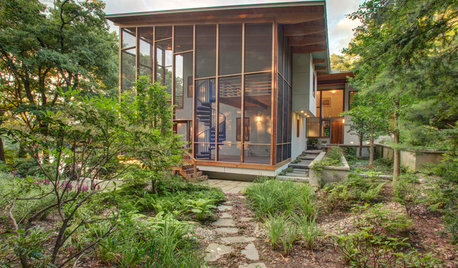
GARDENING AND LANDSCAPINGBreezy and Bug-Free Modern Porches
Screening keeps pests out of these diverse porches across the U.S., while thoughtful designs keep them visually appealing
Full Story
HOUZZ TOURSHouzz Tour: Deceptively Detailed Minimalism in Miami
A family's white, uncluttered interior serves as a clean backdrop for colorful details and 'suspended' style
Full Story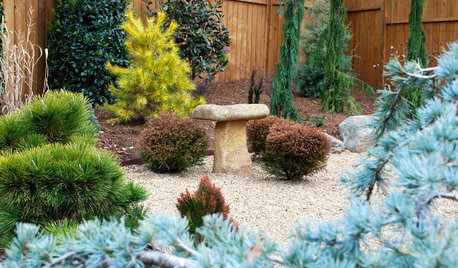
PLANTING IDEASDesigning With Conifers: Personality and Form in the Garden
Unique and full of interest, well-shaped conifers await a place your yard
Full Story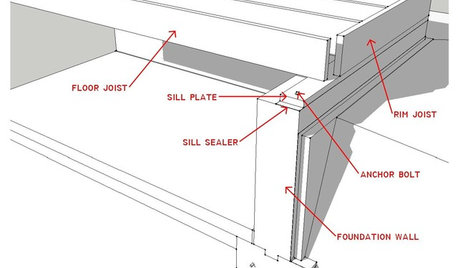
KNOW YOUR HOUSEKnow Your House: What Makes Up a Floor Structure
Avoid cracks, squeaks and defects in your home's flooring by understanding the components — diagrams included
Full Story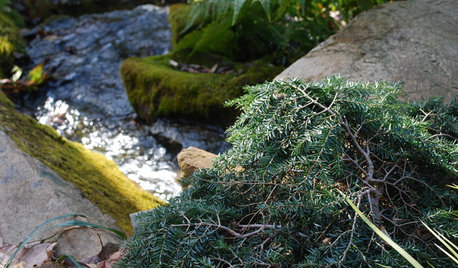
GARDENING GUIDESGreat Design Plant: Tsuga Canadensis ‘Bennett’
Bennett Canadian hemlock thrives in shade and provides sculptural interest in eastern U.S. gardens
Full Story
LANDSCAPE DESIGNWarm Up Your Home With an Evergreen Windbreak
Plant tall trees for more warmth in winter, serenity in summer and good looks all year long
Full Story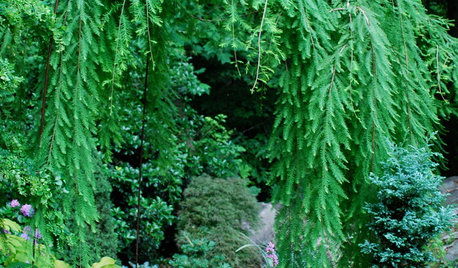
LANDSCAPE DESIGNThe Weepers and the Creepers: 10 Intriguing Trees for Your Garden
Bring something a little different to your landscape with a tree that dives, twists or crawls
Full StoryMore Discussions









David Olszyk, President, American Conifer Society
fairfield8619
Related Professionals
Carlisle Landscape Architects & Landscape Designers · Derry Landscape Architects & Landscape Designers · West Milford Landscape Architects & Landscape Designers · Beavercreek Landscape Architects & Landscape Designers · Brentwood Landscape Architects & Landscape Designers · Lyons Landscape Architects & Landscape Designers · Marco Island Landscape Architects & Landscape Designers · Forest City Landscape Architects & Landscape Designers · Barrington Landscape Contractors · East Hanover Landscape Contractors · Longview Landscape Contractors · Nanuet Landscape Contractors · Salmon Creek Landscape Contractors · Wheat Ridge Landscape Contractors · Whittier Landscape Contractorsbluecone
texjagmanOriginal Author
Sarah80
sluice
fairfield8619
bluecone
fairfield8619
fairfield8619
flattie
fairfield8619